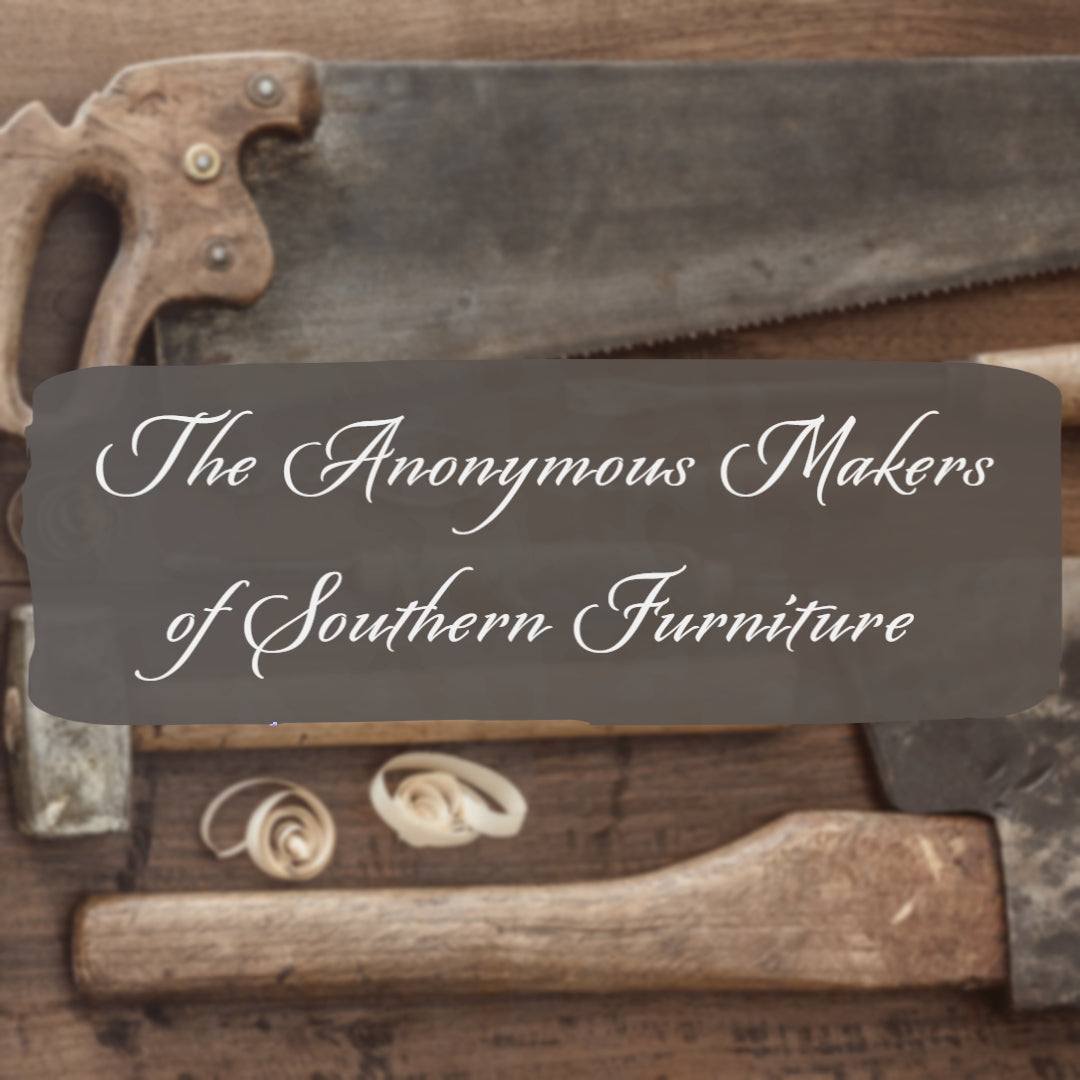
Benjamin Randolph: Philadelphia Cabinetmaker and American Revolutionary
Philadelphia cabinetmaker Benjamin Randolph may not have been a signer of the Declaration of Independence, but his patriotism and hospitality were not insignificant contributions to the War of Independence. Apart from his own participation as a soldier, he was known to donate his time and goods to the war effort and to discourage Philadelphians from buying British imported goods. He also allowed several founding fathers to board in his home in Philadelphia. Not least, he built a lap desk on which Thomas Jefferson drafted the Declaration of Independence.
Although he was one of, if not, the most prominent furniture makers in the city, he spent time and resources supporting the Revolution. Early on in the war, Randolph built and donated crates to the Americans. He also began to fashion buttons for sale, one of the goods commonly imported from England. In the advertisement below, he lets readers know that he keeps a stock of wooden buttons in his shop. He advertised not just for himself, but for other artisans, and that by choosing to buy American-made buttons, consumers were supporting "the true interest of America."

Pennsylvania Gazette, January 1770
Randolph also boarded Thomas Jefferson (and his servants) at his home on Chestnut Street in 1775 and 1776. Along with what he paid and when, Jefferson made notes of the measurements of Randolph's fireplace, possibly for inspiration for his own home of Monticello in Virginia. During this time, Jefferson commissioned Randolph to build him a lap desk. Providing his own drawings, it ended up being the desk that Jefferson drafted the Declaration of Independence on. George and Martha Washington were also known to stay with Randolph, as did fellow founding father Peyton Randolph (no relation), President of the First Continental Congress.
In 1778, Randolph put his shop up for sale so he could join the war effort, later going on to do some reconnaissance tasks for George Washington. He retired to Burlington County, New Jersey after the war. Despite the proliferation of his shop, very few examples of his work have survived. Some of those that remain are housed in the Philadelphia Museum of Art.
To view this blog with additional photos, decor and furniture we have available click here!
Interested in reading our previous blogs? Click here!




Leave a comment
This site is protected by hCaptcha and the hCaptcha Privacy Policy and Terms of Service apply.